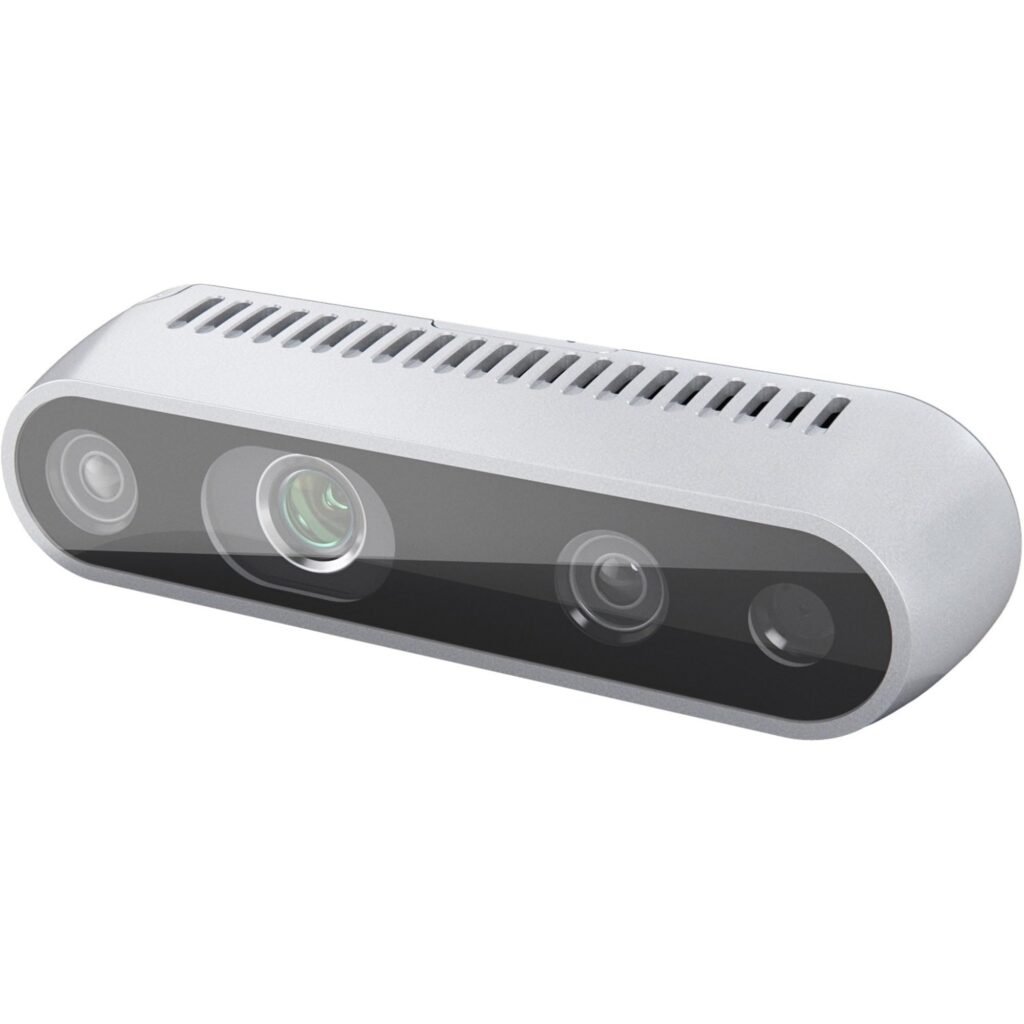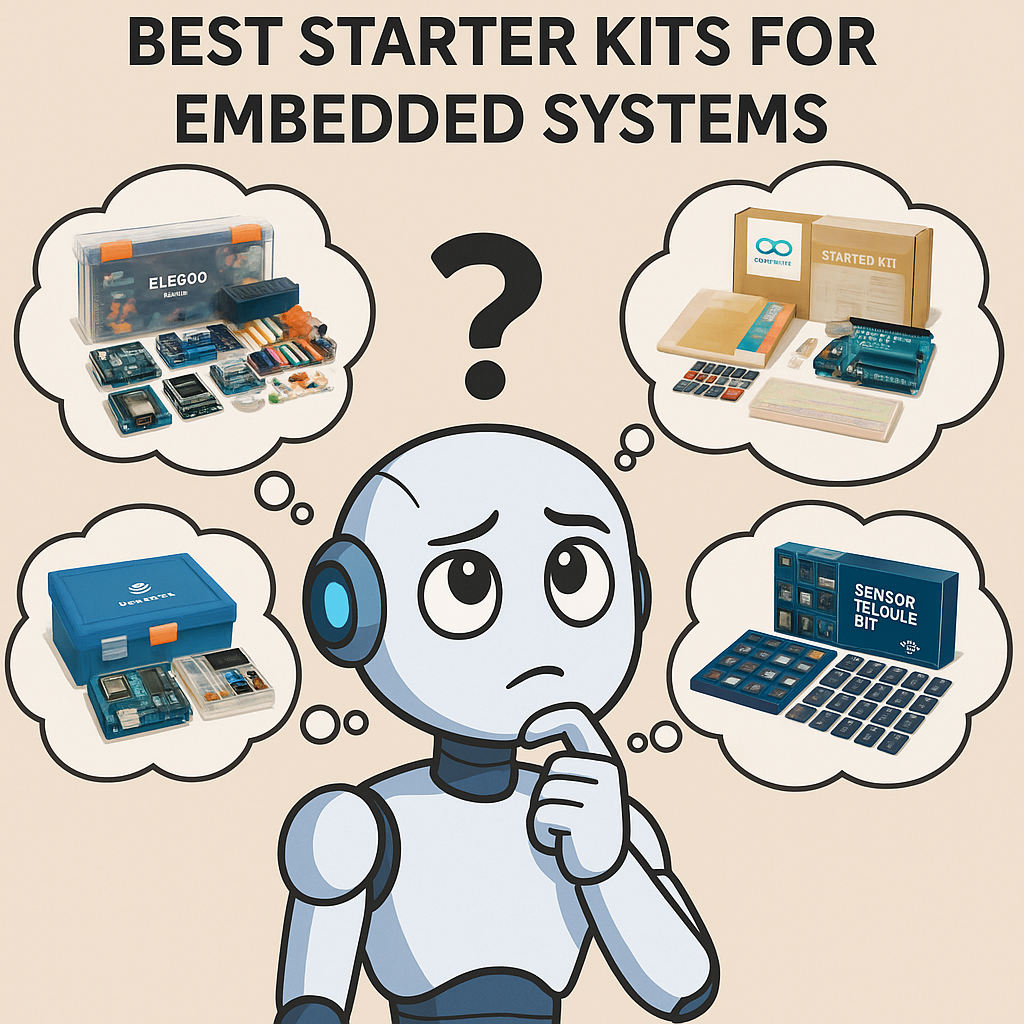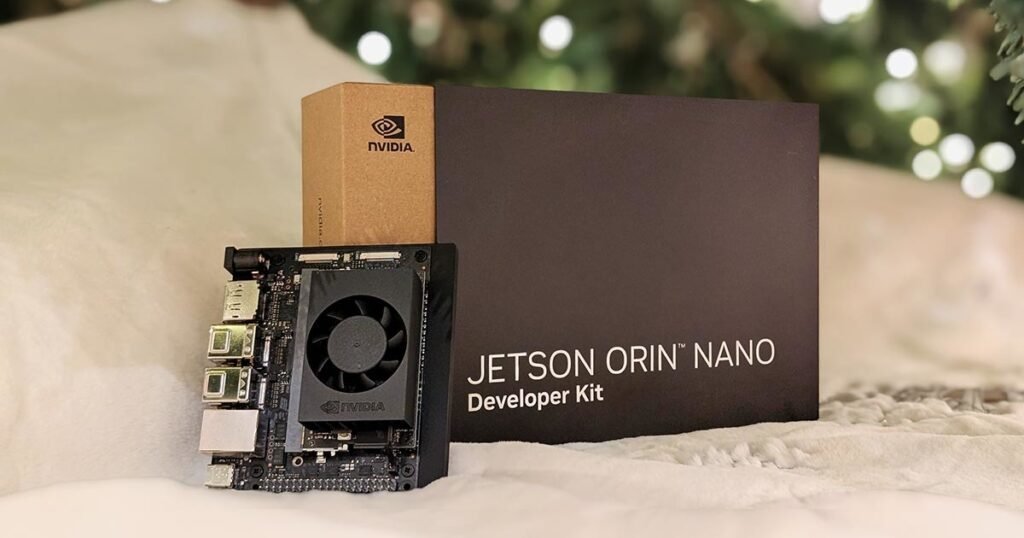Get the Intel RealSense Depth Camera D435i here: https://amzn.to/4mSTTeC
Depth cameras have gone from futuristic research toys to practical workhorses in robotics, AR/VR, and industrial automation. Among them, Intel’s RealSense line has always stood out as one of the more accessible options, and the D435i in particular has carved out a sweet spot. It’s compact, relatively affordable, and comes with built-in inertial measurement (IMU) support, which instantly makes it interesting for embedded developers building autonomous systems. But the real question is how well does the D435i actually fit into today’s embedded systems landscape, and what kind of ecosystem support can you realistically expect?
The hardware itself is solid. The D435i uses a wide field-of-view global shutter stereo depth sensor paired with RGB, giving you depth data that’s fast and decent enough even in less-than-ideal lighting conditions. The IMU is not just a gimmick; for robotics folks, having synchronized motion and depth data makes sensor fusion more straightforward, and that means smoother SLAM or navigation performance. Compared to some depth cameras that rely purely on structured light or time-of-flight, the stereo approach tends to be more flexible in environments where lighting can’t be controlled.
Where things get more interesting is when you try to integrate it into an embedded setup. The D435i isn’t a bare-metal-friendly device in the sense that you’re going to hook it up to an STM32 and stream depth maps. This camera wants a host system with some compute muscle. The most common path is pairing it with an ARM-based single-board computer, like a Jetson Nano, Xavier NX, or even a Raspberry Pi 4 if you’re careful about bandwidth and processing. Intel’s own librealsense SDK is mature and cross-platform, but it does expect a Linux or Windows host, and if you’re in the Yocto or custom RTOS world, prepare for some porting work.
On the ecosystem side, Intel did something smart: they leaned heavily into ROS (Robot Operating System) support early on. For robotics developers, that means you’re not starting from scratch. The ROS drivers are well maintained, and you’ll find plenty of tutorials and community projects to jumpstart development. For embedded developers outside of robotics—say, building an industrial safety system or a kiosk—the story is a bit more mixed. Yes, there’s Python and C++ support, yes, you can run it on edge devices, but you’ll probably end up relying on the larger community forums for troubleshooting rather than Intel’s official documentation, which has gaps.
One challenge worth mentioning is power and bandwidth. This isn’t a tiny low-power sensor you can run on a coin cell or slip into a deeply constrained IoT node. It’s a USB 3.0 camera that assumes your embedded system has the power budget and throughput to handle real-time depth streaming. That narrows the field of viable “embedded” integrations, but then again, that’s the reality of any high-performance vision sensor.
In the bigger picture, the D435i has become somewhat of a reference design in itself. It’s not unusual to see startups prototyping with it, then either scaling up with higher-end depth cameras or designing custom stereo rigs once their product matures. Intel may have pulled back from aggressively pushing the RealSense line in recent years, but the community momentum keeps it alive and relevant, especially in robotics and AR/VR prototyping.
If you’re an embedded developer eyeing depth sensing, the Intel RealSense D435i is still one of the best entry points. It won’t fit every use case—power-hungry IoT nodes or ultra-constrained MCUs are out of the question—but if your design includes something like a Jetson, Raspberry Pi, or an x86 SBC, it drops in with relatively little friction. You get the benefit of an established SDK, ROS integration, and a community that’s already solved many of the early headaches.
The takeaway? The D435i is not the most cutting-edge depth camera anymore, but it’s a dependable, well-supported option that strikes a good balance between performance and accessibility. For embedded systems that can handle the compute load, it’s less of a gamble and more of a safe bet—something rare in a field where hardware often comes and goes faster than we can solder the headers.



